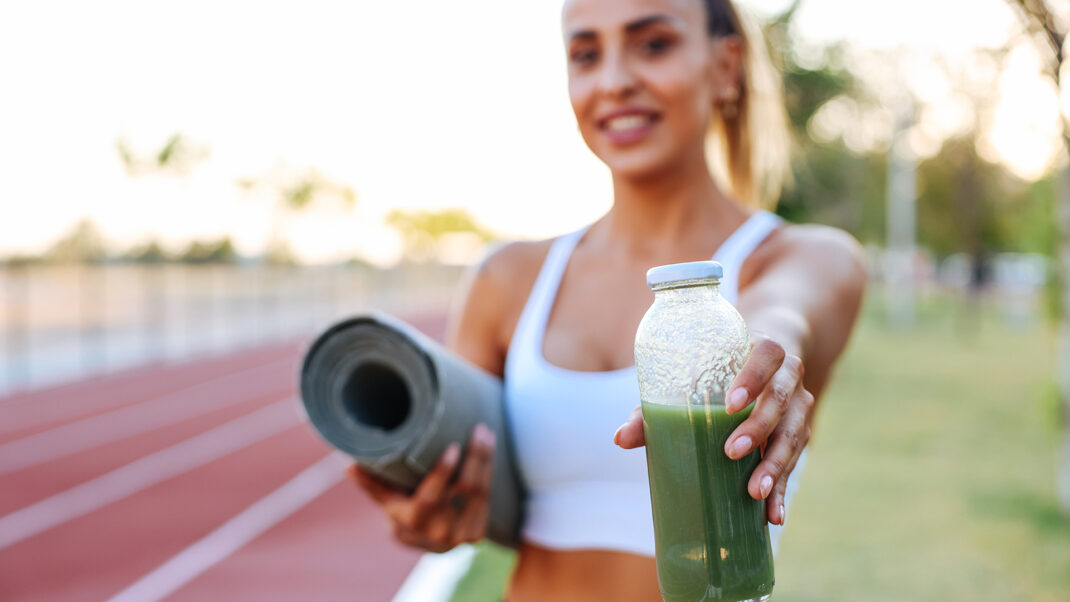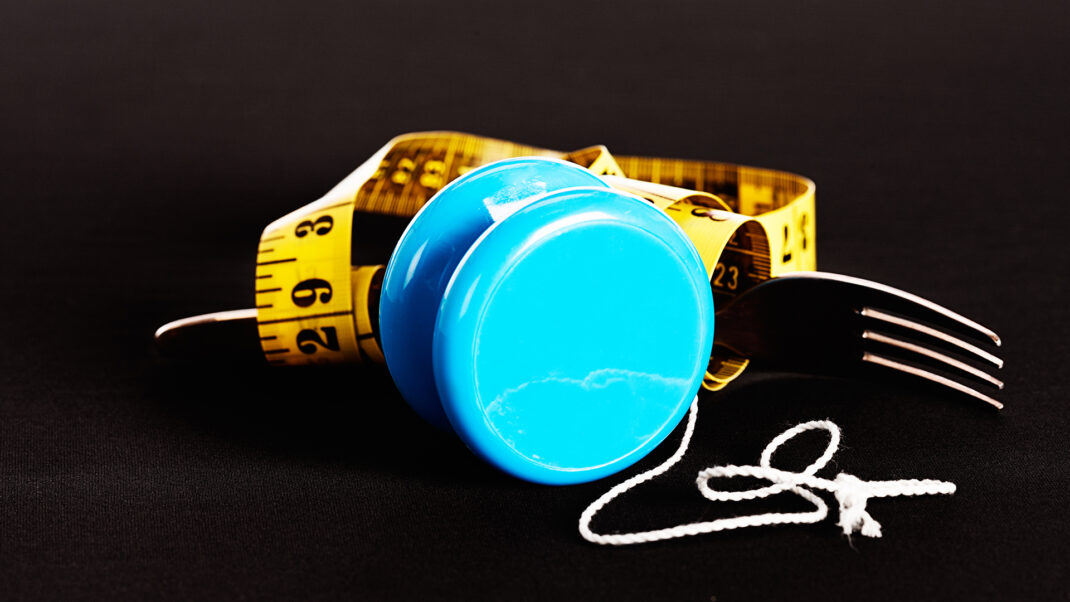Gross! That’s Really in My Food?
Prevention magazine gave readers a wake-up call a few months ago with an article (“7 Grossest Things in Your Food,” May 2012) that revealed some weird—and in some cases, disgusting—ingredients you may be consuming unknowingly. Learning more might change your mind about eating them again.
Author Mandy Oaklander reported the following list that vegans and vegetarians, especially, may want to pay attention to:
- Shellac in your candy. The shiny, pretty coating on candies is actually shellac, a resin secreted by the lac bug (a beetle).
- Prozac in your poultry. As reported in this column in our July–August issue, Johns Hopkins scientists earlier this year published evidence of banned antibiotics, caffeine, acetaminophen, arsenic and the active ingredients in both Prozac® and Benadryl® in poultry feed. If poultry is consuming it, so are you.
- Sheep oil in your gum. Lanolin, a greasy oil that sheep produce in their wool, is used to soften foods. It is often identified as “gum base” on nutrition labels.
- Wood pulp in your cereal. This definitely packs a “high-fiber” punch, but maybe not the kind you want! Cellulose is a cheap filler made from nontoxic wood pulp or cotton. Oaklander reported that it’s “stuffed into shredded cheese, salad dressing and ice cream to thicken them.”
- Cow and hog enzymes in your cheese. To make some cheeses, rennet is needed for curdling. It contains an enzyme derived from the “fourth stomach of newborn calves,” Oakland wrote. Rennet is sometimes combined with pepsin, which is taken from hogs’ stomach glands.
- Duck feathers and human hair in your bread and bagel dough. L-Cystine is a nonessential amino acid that manufacturers use to soften bread dough. Guess where it’s derived from? If you’re vegan or vegetarian, read those labels carefully, buy from an artisanal baker or make your own bread.
- Fish bladders in your beer. Isinglass, made from fish swim bladders, is a form of collagen. Brewers use it to clump with yeast so the yeast settles at the bottom of the tank (or your glass). This makes your beer nice and clear, but some may think the process
a little fishy.
To read Oaklander’s full report, go to www.prevention.com
and plug in the story title to the search bar.
Sandy Todd Webster
For 22 years, Sandy Todd Webster was the chief architect of IDEA's content program - including the award-winning IDEA FITNESS JOURNAL and IDEA FOOD & NUTRITION TIPS - the industry's leading resources for fitness, wellness and nutrition professionals worldwide. She created, launched and nurtured these brands and many others during her productive and purposeful IDEA tenure. Sandy is a Rouxbe-certified professional plant-based cook and a Precision Nutrition Level 1 Coach who is pursuing a Master's degree in Sustainable Food Systems through The Culinary Institute of America (expected August 2024). She plans to combine these passions with her content expertise to continue inspiring others to make the world a more just, healthy and regenerative place.






